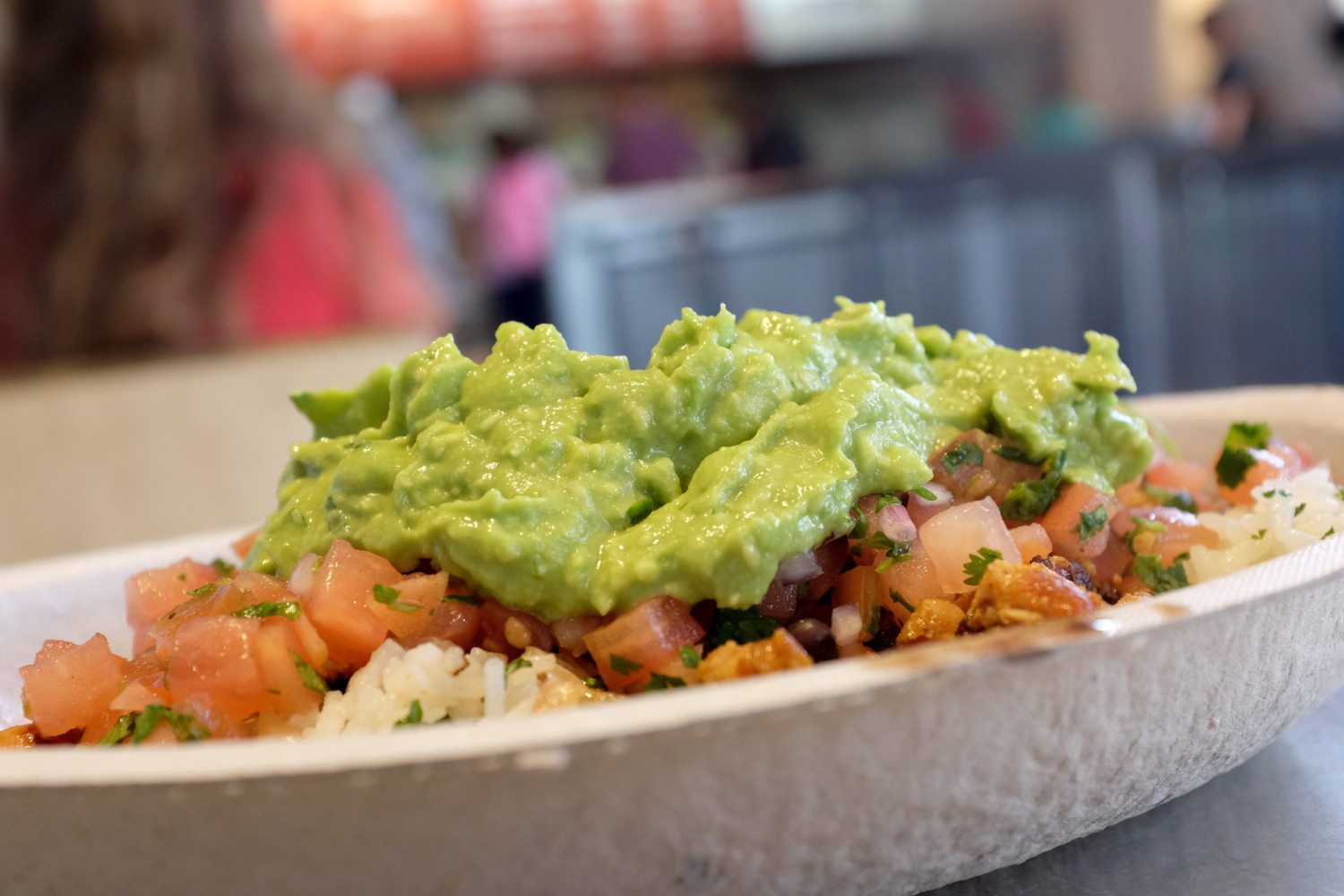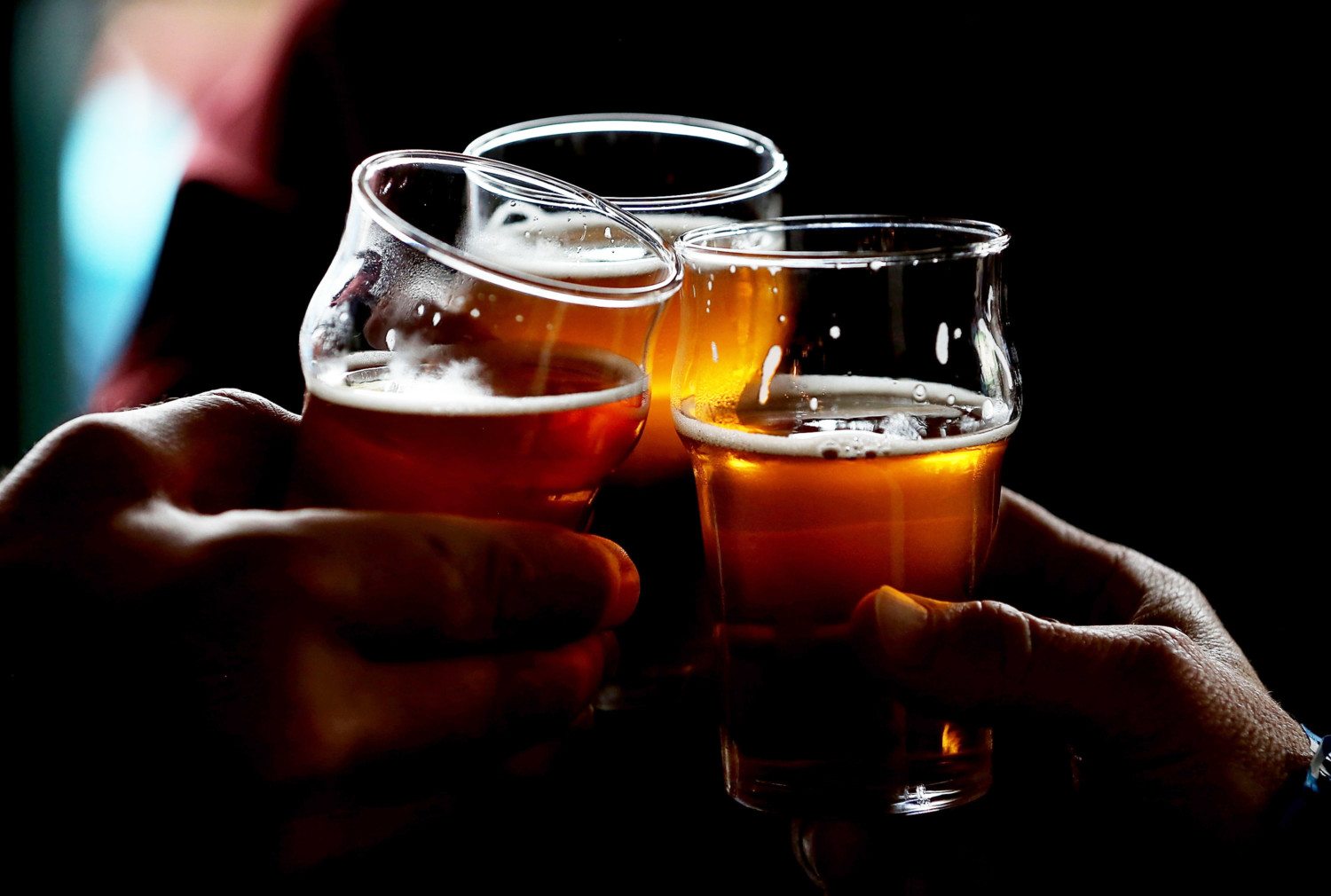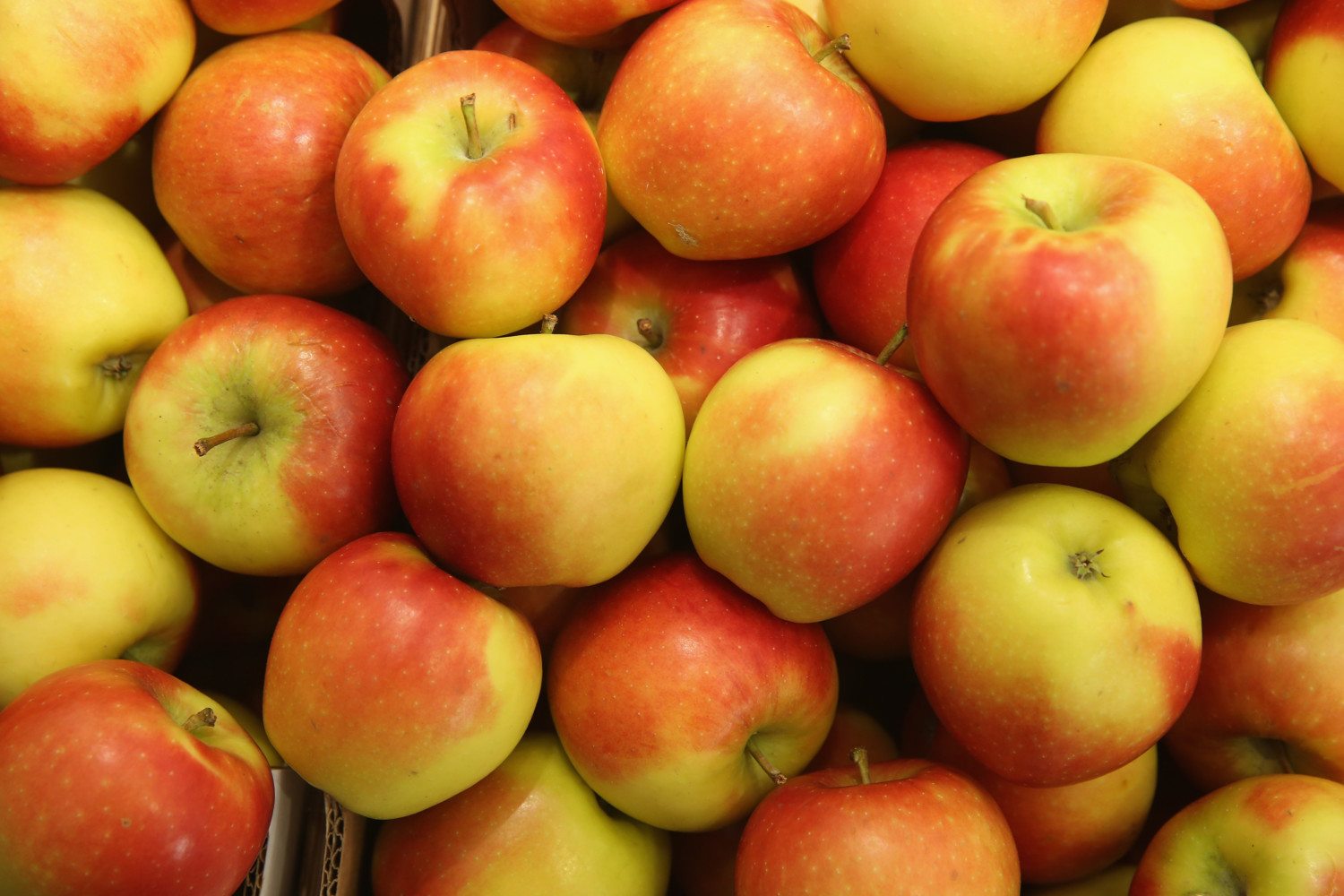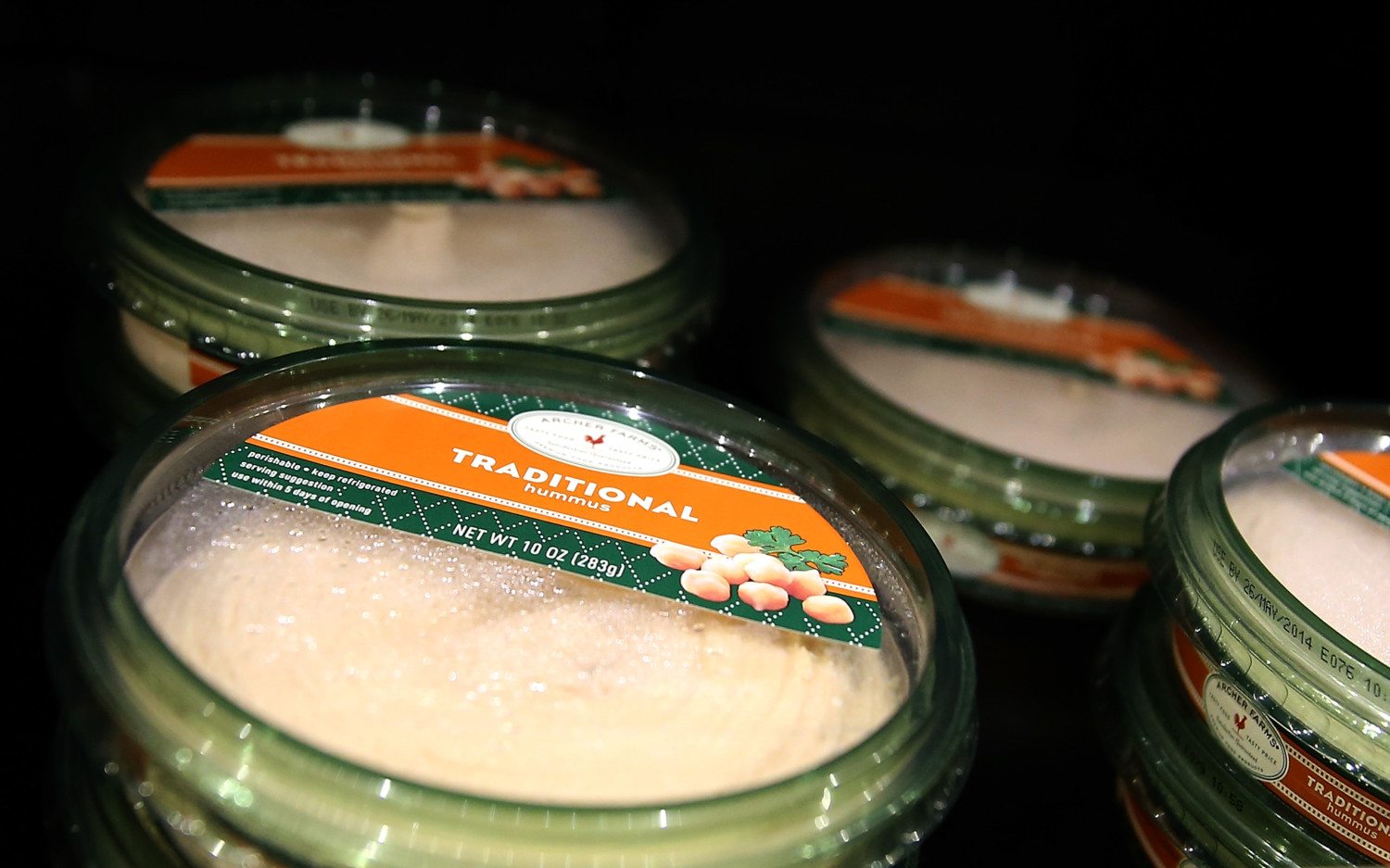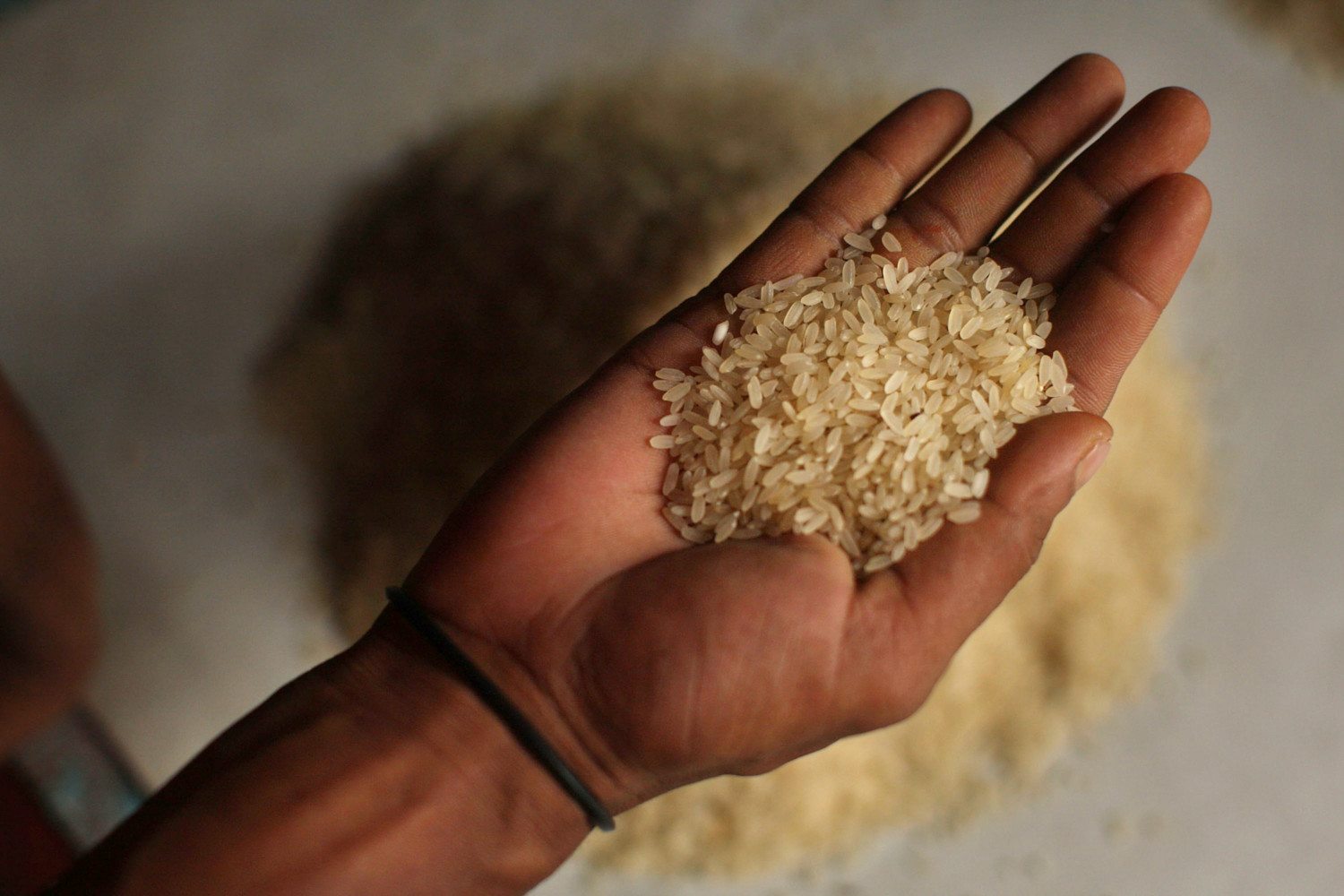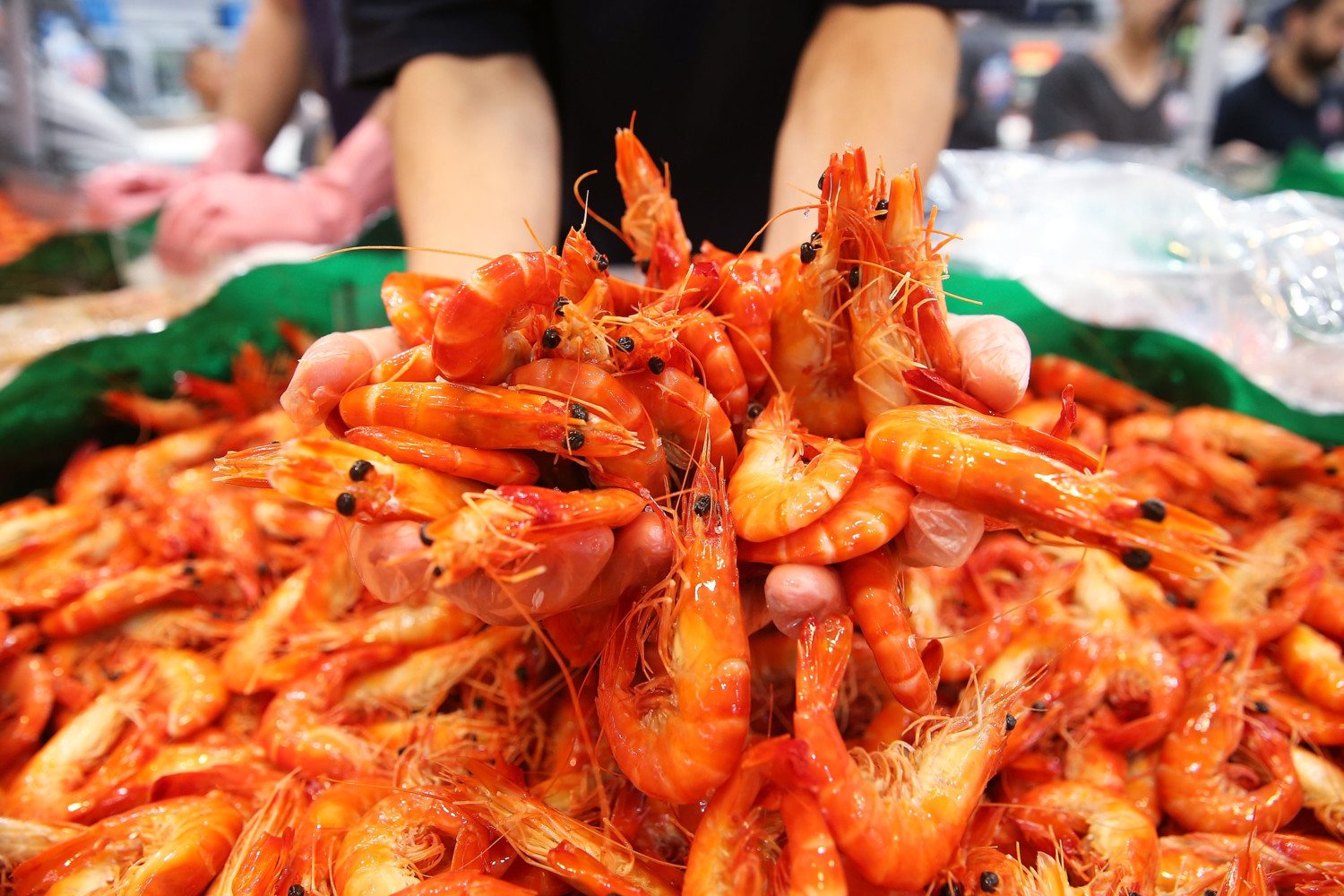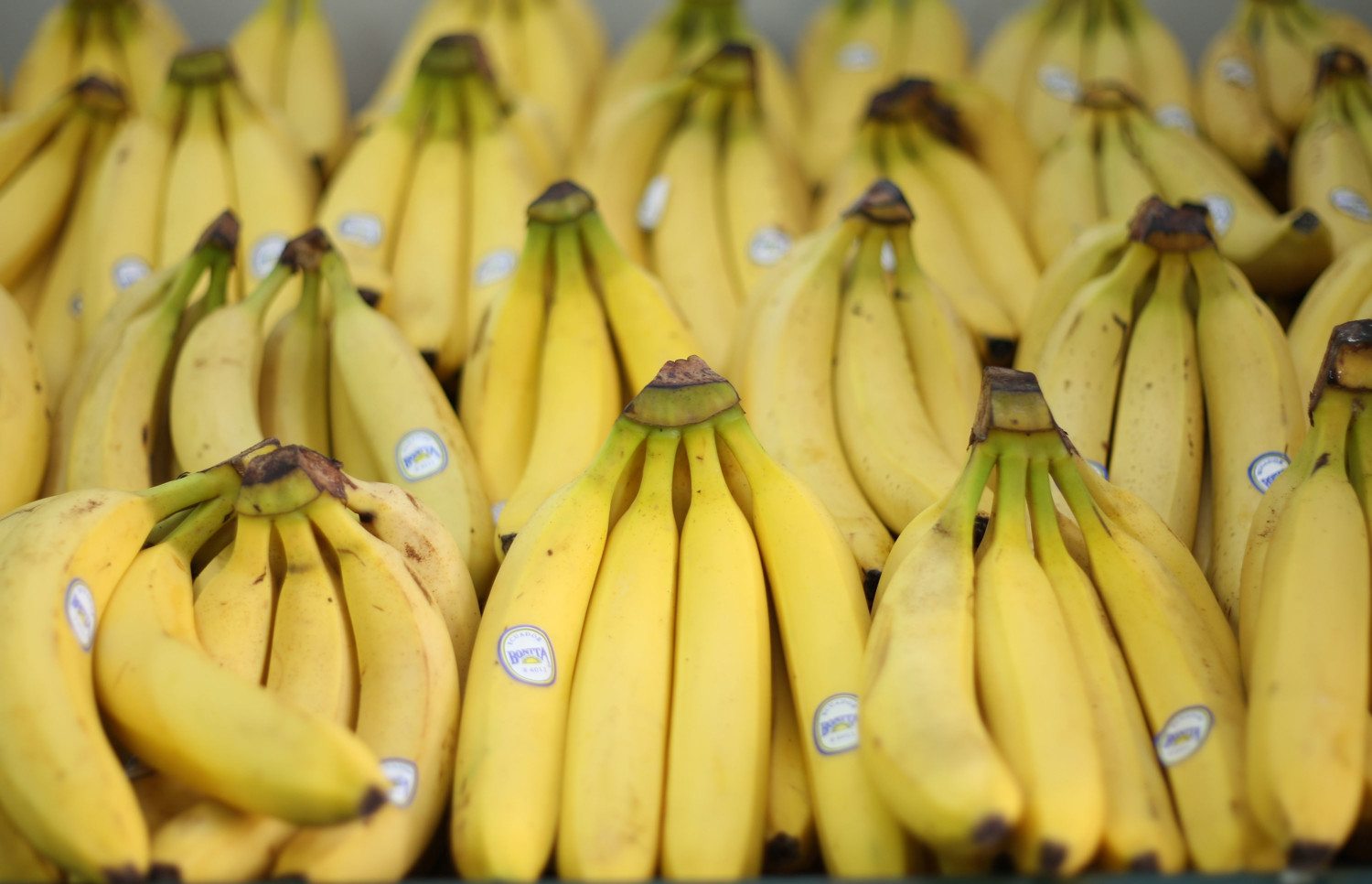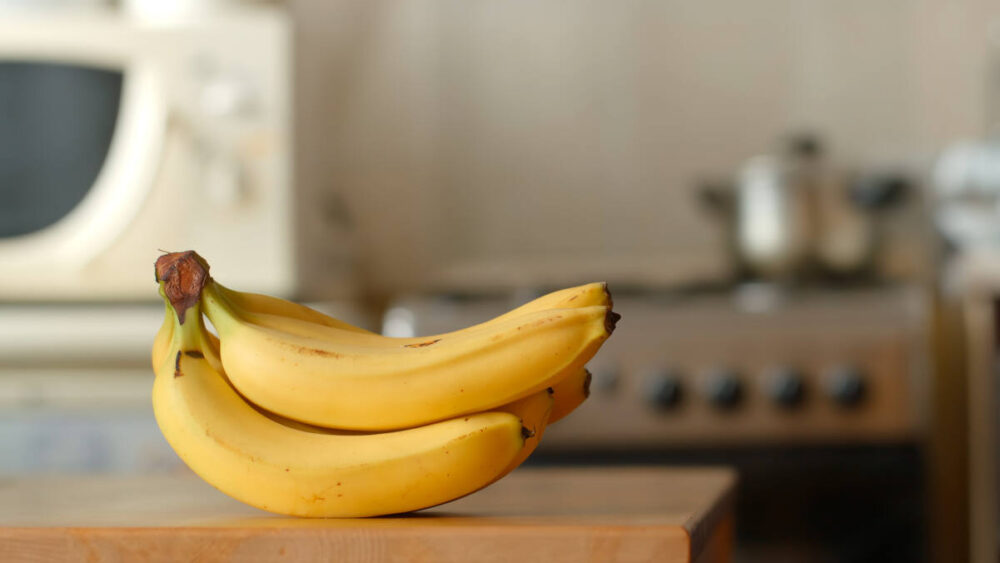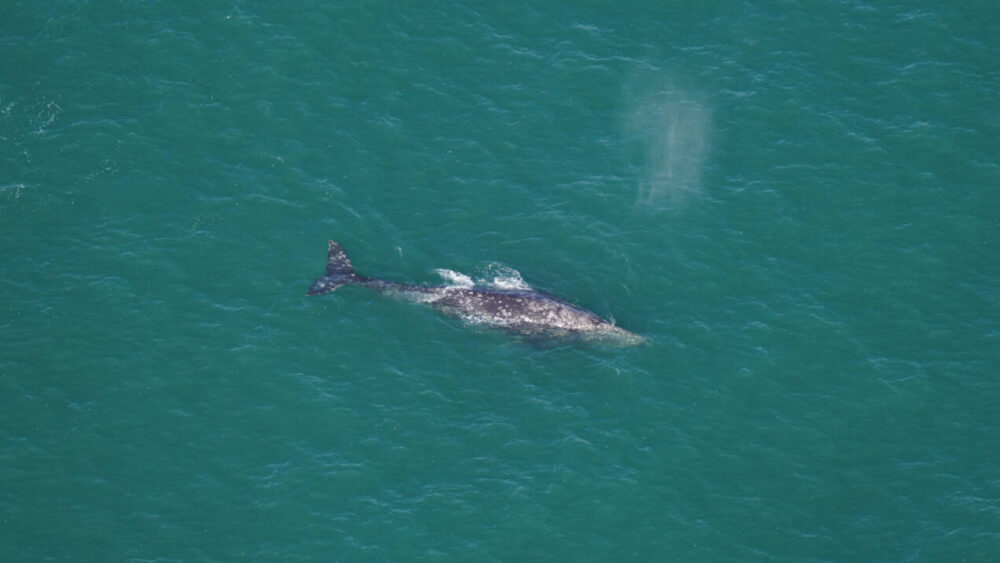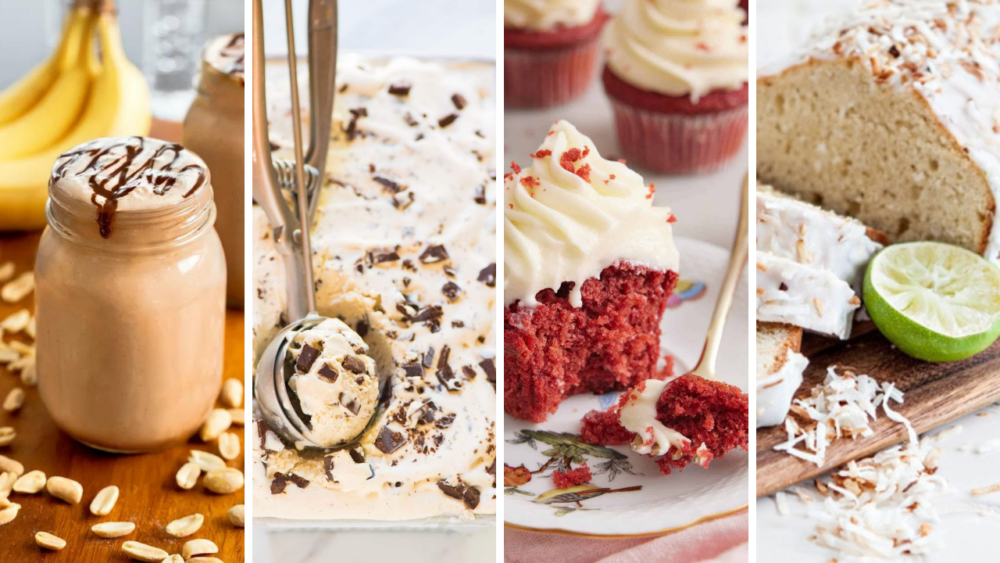10 At-Risk Foods That Could Disappear In Our Lifetimes
We don’t often think of foods as being endangered. However, scientists claim that a number of our favorite foods could be headed for extinction due to climate change. This could ultimately lead to lower supplies or outright disappearance for specific foods.
Which at-risk foods could be headed for possible extinction? Here are 10 that stand out in the field:
1. No More Morning Coffee?
Imagine a world without your cup of coffee. As scary as that sounds, it’s not science fiction. According to EcoWatch, a deadly plant fungus has taken hold of coffee bean crops in Central America. Fungi and other invasive predators thrive in higher temperatures. In Hawaii, an insect called the coffee berry borer is devastating crops. And, over in Africa, scientists claim the coffee crop could drop between 60 and 100 percent due to climate change.
2. Goodbye To Guacamole?
Avocados, the main ingredient in guacamole, could see a big drop in production—up to 40 percent—due to drought and higher temperatures in California. Avocados require a lot of water to survive in warmer temperatures. Without enough water, the plants wither don’t produce enough fruit, or they simply die. In the past, Chipotle has warned that they may temporarily stop offering guacamole to help offset the rise in avocado prices.
3. Last Round Of Beers?
A lack of stable water supplies has already affected beer brewers. Beer makers who use specialty hops or other grains have a hard time finding reliable sources because of warmer winters. In 2011, Jen Orgolini, a Colorado brewer, said she’s couldn’t find the hops she normally uses due to changing weather conditions.
“If you drink beer now,” she said, “the issue of climate change is impacting you right now.”
4. Apples Could Be Changing
Warmer temperatures affect apple trees in a number of ways. First, they cannot grow properly without a decent chilling period. Lack of cold actually produces smaller amounts of fruit the following growing season. Growers have a hard time keeping the trees alive. Also, climate change seems to affect how an apple tastes. A Japanese study claims warmer temperatures have also made apples softer, sweeter and less tart.
5. No More Chickpeas, No More Hummus
It takes 76 gallons of water to produce one ounce of chickpeas. Hummus could become a thing of the past if chickpeas cannot get the water they need to survive. Rising temperatures across the world, along with the resulting droughts from lack of rain, cause chickpea shortages. In fact, chickpea production has dropped 40 to 50 percent in recent years. This could spell trouble for the delicious hummus spread so many love.
6. Rice Production Runs Down
Rice provides a major food source for nearly half of our world’s population. Changing sea levels and rainfall pattern could affect rice production across the world, according to the United Nations. Just a 2 degree temperature increase in Zimbabwe (a major rice producer) could result in a 67 percent reduction in farmable land. This type of change could cause a major drop in rice harvests across the world.
7. Seafood Populations Shrinking
Oceans get more acidic when higher temperatures cause chemical changes in the water. And when ocean water gets more acidic, sea life populations feel the effects. For example, lobsters, crabs, shrimp, clams and scallops grow softer skeletons. This makes them easier to injure or kill in the ocean. Salmon can also be affected by high levels of acid in ocean water, according to a Canadian study. The high acid levels may affect salmon’s ability to locate food during their migration, leading to a lower survival rate. Populations could drop significantly by 2040.
8. Death Of Chocolate?
Climate change can affect a country’s landscape, which then affects how crops grow. Countries such as Ghana and the Ivory Coast grow about half of the world’s cocoa beans. However, scientists believe changes in how the bean grows in different altitudes and weather-affected geography can negatively impact harvests. Cocoa bean production could fall sharply by 2030, according to a recent climate change study. And those declines may not be able to keep up with public demand for chocolate.
9. A Sticky Situation: No More Peanut Butter?
No more peanut butter? It could happen by 2030 if the right conditions present themselves. A peanut crop is very sensitive to water conditions. Too little rain means the plants could dry up and die. Meanwhile, too much rain could cause moldy peanuts. If climate changes continue to create extreme weather conditions, the peanut could easily become just a part of history.
10. Bye-Bye To Bananas?
America’s most popular banana, the Cavendish, is fighting a major battle against a lethal disease. Known as “Tropical Race 4,” this disease comes from a fungus that contaminates the soil where plants grow. It has spread from Malaysia to Southeast Asia, Australia, Africa and the Middle East. The fungus is destroying Cavendish banana crops around the world.
This wouldn’t be the first time a disease wiped out bananas, though. Back in 1965, the Gros Michel banana was declared extinct due to disease. Up until that point, it had been the most popular banana sold across the world.
Now, its replacement is at risk of extinction due to the same conditions. Farmers and scientists are working on ways to slow down the disease and find replacement crops.




